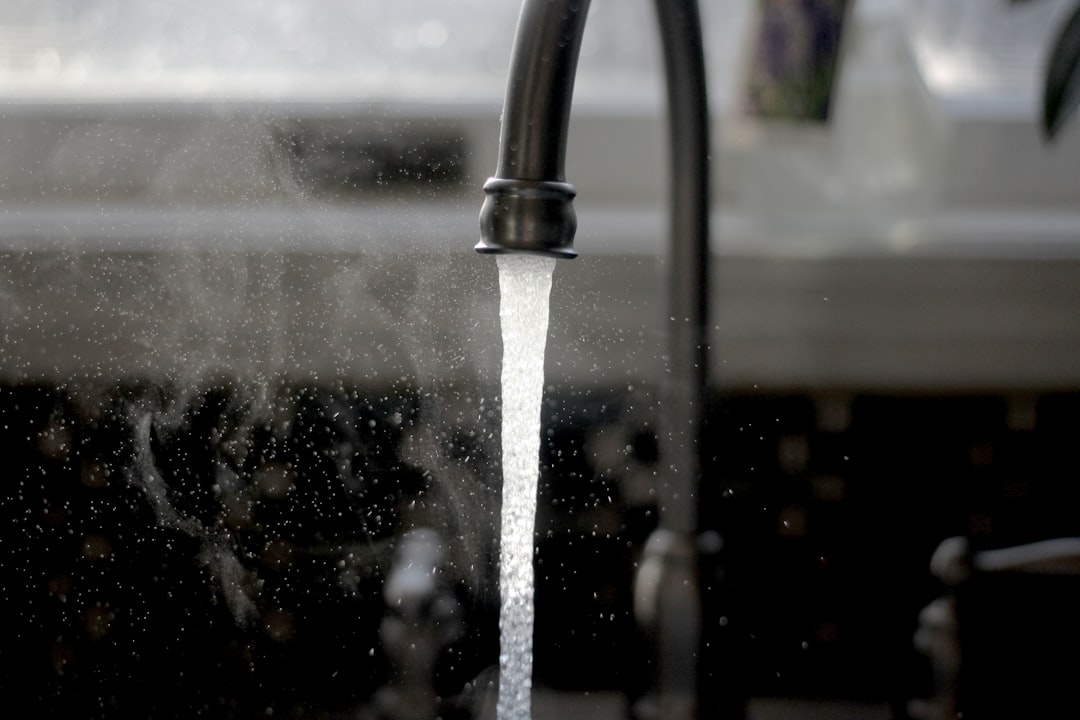Table of Contents
- Introduction
- Understanding the call to harmony in 1 Peter 3:8-12
- The significance of sympathetic love and compassion among believers
- The role of humility in fostering a harmonious community
- How the teachings of Jesus support living in harmony (e.g., Matthew 5:9)
- Practical ways to apply Peter’s instructions today
- The biblical concept of blessing those who harm us (1 Peter 3:9)
- The consequences of disunity in contemporary society
- Examples of contemporary media that reflect themes of harmony and reconciliation
- Conclusion
- Frequently Asked Questions
Introduction
In a world often marked by discord and division, the timeless wisdom of Scripture stands as a beacon of hope.
1 Peter 3:8-12 reminds us, ‘Finally, all of you be like-minded and sympathetic, love one another, and be compassionate and humble, not paying back evil for evil or insult for insult, but on the contrary, giving a blessing, since you were called for this, so that you may inherit a blessing.’
These powerful words call us to foster a community built on love, understanding, and grace. This passage not only challenges us to reflect on our attitudes and actions but also offers a transformative vision for our relationships.
Imagine a community where empathy reigns, where kindness flows freely, and where conflicts dissolve in the light of forgiveness. This article will delve deeper into the profound implications of Peter’s exhortation, revealing how embracing these principles can lead to a harmonious life that transcends our differences. Join us as we explore the pathway to a transformed community—one marked by genuine love and unity.
Understanding the call to harmony in 1 Peter 3:8-12
In 1 Peter 3:8-12, the Apostle Peter emphasizes the importance of harmony among believers. The call to harmony is a call to unity, urging individuals to cultivate compassion, humility, and love. This passage encourages followers of Christ to be like-minded and to share in one another’s joys and struggles.
Peter begins by addressing the necessity of empathy and kindness, elaborating on how these virtues foster a peaceful community. He expands on the idea that responding to hostility with a gentle spirit can break down barriers and promote understanding. The passage highlights that by practicing these qualities, believers can experience a more profound relationship with each other and with God.
Furthermore, Peter reminds the audience that their actions hold weight in the eyes of the Lord, who watches over those who seek to live righteously. Emphasizing the value of good behavior, he points out that living in harmony is not only pleasing to God but also serves as a testimony to others. This message continues to resonate, calling modern believers toward a life characterized by peace, love, and mutual respect.
The significance of sympathetic love and compassion among believers
The significance of sympathetic love and compassion among believers is deeply rooted in the teachings of 1 Peter 3:8-12. This passage encourages Christians to embody qualities such as unity, sympathy, and tenderheartedness, emphasizing the importance of mutual understanding and support within the community of faith.
Sympathetic love serves as a vital force that binds believers together, fostering a spirit of harmony and cooperation. It encourages individuals to respond to one another’s feelings and experiences with empathy, creating an environment where everyone feels valued and cared for.
Compassion, in this context, goes beyond mere emotional support; it involves active involvement in the lives of others, reflecting Christ’s love through actions. Such a practice nurtures uplifting relationships that contribute to spiritual growth and resilience.
Ultimately, the collective display of sympathetic love and compassion strengthens the church’s witness to the world, demonstrating the transformative power of faith as believers reflect the character of Christ through their interactions with one another.
The role of humility in fostering a harmonious community
Humility plays a vital role in fostering a harmonious community, as it encourages understanding and respect among individuals. When people approach each other with humility, they are more open to listening and valuing diverse perspectives. This openness can help to diffuse conflict and create a more inclusive environment where everyone feels valued.
Moreover, humility allows individuals to acknowledge their own limitations and faults, promoting a culture of forgiveness and reconciliation. In a community where members admit to their mistakes and seek to learn from them, relationships tend to strengthen, leading to greater trust and cooperation. As individuals practice humility, they set an example for others, creating a ripple effect that can uplift the entire community.
Additionally, humility encourages collaboration rather than competition. By placing the needs of the community above personal ambitions, individuals contribute to a shared purpose, uniting their efforts towards common goals. This sense of unity is essential for maintaining peace and harmony within any group, making humility an indispensable quality in building and sustaining vibrant communities.
How the teachings of Jesus support living in harmony (e.g., Matthew 5:9)
The teachings of Jesus emphasize the importance of living in harmony with one another, a sentiment beautifully captured in Matthew 5:9, where He declares, ‘Blessed are the peacemakers, for they will be called children of God.’ This passage highlights the value that Jesus places on peace and reconciliation, encouraging His followers to actively pursue harmony within their communities.
Furthermore, Jesus’ teachings promote love, compassion, and forgiveness, as seen in the Sermon on the Mount. He instructs His followers to turn the other cheek, to love their enemies, and to pray for those who persecute them. These principles aim to break down barriers that lead to conflict and division, fostering an environment where individuals can coexist peacefully.
Additionally, the concept of loving one’s neighbor as oneself serves as a foundational principle for harmonious living. By treating others with respect and kindness, one contributes to a larger movement of unity and understanding. Thus, the teachings of Jesus provide a roadmap for cultivating relationships marked by love and cooperation, striving towards a community where harmony prevails.
Practical ways to apply Peter’s instructions today
Applying the teachings of 1 Peter 3:8-12 can have a profound impact on our relationships and communities. One practical way to implement Peter’s instructions is by practicing empathy. This involves genuinely understanding and relating to the feelings and experiences of others.
Another approach is to foster open communication. Creating an environment where individuals feel safe to express their thoughts can help dispel misunderstandings and promote harmony.
Moreover, engaging in acts of kindness can reflect the spirit of Peter’s message. Simple gestures such as offering help, showing appreciation, or volunteering can strengthen community bonds.
Additionally, resolving conflicts peacefully is essential. When disagreements arise, approaching them with humility and a willingness to listen demonstrates respect and promotes unity.
Finally, building a culture of gratitude can significantly enhance relational harmony. Regularly expressing gratitude not only uplifts our own spirits but also encourages a positive atmosphere within our circles.
By consistently integrating these practices into our daily lives, we can embody the essence of Peter’s guidance and contribute to a more harmonious world.
The biblical concept of blessing those who harm us (1 Peter 3:9)
The biblical concept of blessing those who harm us, as highlighted in 1 Peter 3:9, presents a profound challenge to how individuals typically respond to adversity. In the context of this scripture, believers are encouraged to refrain from retaliating or speaking ill of those who wrong them. Instead, they are called to respond with kindness and to actively seek the well-being of their adversaries. This approach emphasizes the value of grace and forgiveness, promoting a cycle of positive interaction rather than conflict.
Moreover, blessing those who harm us aligns with the overarching Christian principle of love, which extends even to enemies. It suggests that instead of harboring resentment, one should choose to respond with compassion, thereby reflecting the heart of Jesus Christ. This pivot in perspective not only aids in personal healing but also fosters an environment where peace and understanding can thrive. Engaging in this practice can transform relationships and even communities, highlighting the power of love over hate and kindness over bitterness.
The consequences of disunity in contemporary society
Disunity in contemporary society often leads to a myriad of negative consequences that affect both individuals and communities. When divisions arise, whether through political differences, social issues, or cultural conflicts, the sense of belonging and community deteriorates.
This alienation can result in increased tensions, as differing groups may engage in hostile confrontations rather than constructive dialogues.
The lack of harmony undermines collaborative efforts, making it challenging to address pressing issues such as poverty, inequality, and environmental degradation.
Additionally, disunity can stifle innovation and progress, as groups become entrenched in their positions, leading to a fragmented approach to problem-solving.
The psychological effects of disunity cannot be overlooked either; feelings of distrust, fear, and resentment can lead to mental health challenges among individuals.
Consequently, the fragmentation within society not only hampers social cohesion but also adversely impacts the overall well-being and stability of communities.
Promoting dialogue, understanding, and harmony becomes essential in mitigating these adverse effects and fostering a more connected society.
Examples of contemporary media that reflect themes of harmony and reconciliation
Contemporary media often reflect themes of harmony and reconciliation through various formats, highlighting the importance of unity in diversity.
Television shows such as ‘This Is Us’ and ‘The Good Place’ explore complex relationships and conflicts, ultimately promoting understanding and empathy among characters from different backgrounds.
Documentaries like ‘Won’t You Be My Neighbor?’ about Fred Rogers illustrate the power of kindness and the impact of a harmonious community, encouraging viewers to embrace differences.
In music, songs such as ‘One’ by U2 and ‘Where is the Love?’ by The Black Eyed Peas convey messages of unity and social justice, urging listeners to reconcile differences and work towards a common goal.
Social media platforms also play a significant role in fostering dialogue and connection, where individuals share stories of personal reconciliation and collective efforts to bridge divides.
These examples from various media serve not only as entertainment but also as catalysts for discussions on harmony and reconciliation in today’s complex world.
Conclusion
In conclusion, embracing the call to harmony as outlined in 1 Peter 3:8-12 is not just a noble endeavor but a transformative journey that can significantly impact our communities. As we strive to cultivate sympathy, compassion, and humility, we create spaces where love and understanding thrive, reflecting the heart of Christ in all that we do. Remember, you are never alone in this pursuit; Christ walks with you, offering hope and support as you extend your hand to others. His arms are always open, ready to embrace you and those around you.
What is God saying to you in your current relationships and community environments? More importantly, what are you going to do about it? As you ponder these questions, let them inspire actionable steps towards creating harmony and fostering a spirit of reconciliation. Each small act of kindness can lead to immeasurable change, turning your community into a beacon of hope and love for others. Let us commit ourselves to living out these principles, knowing that through Christ, we have the power to make a difference.

















